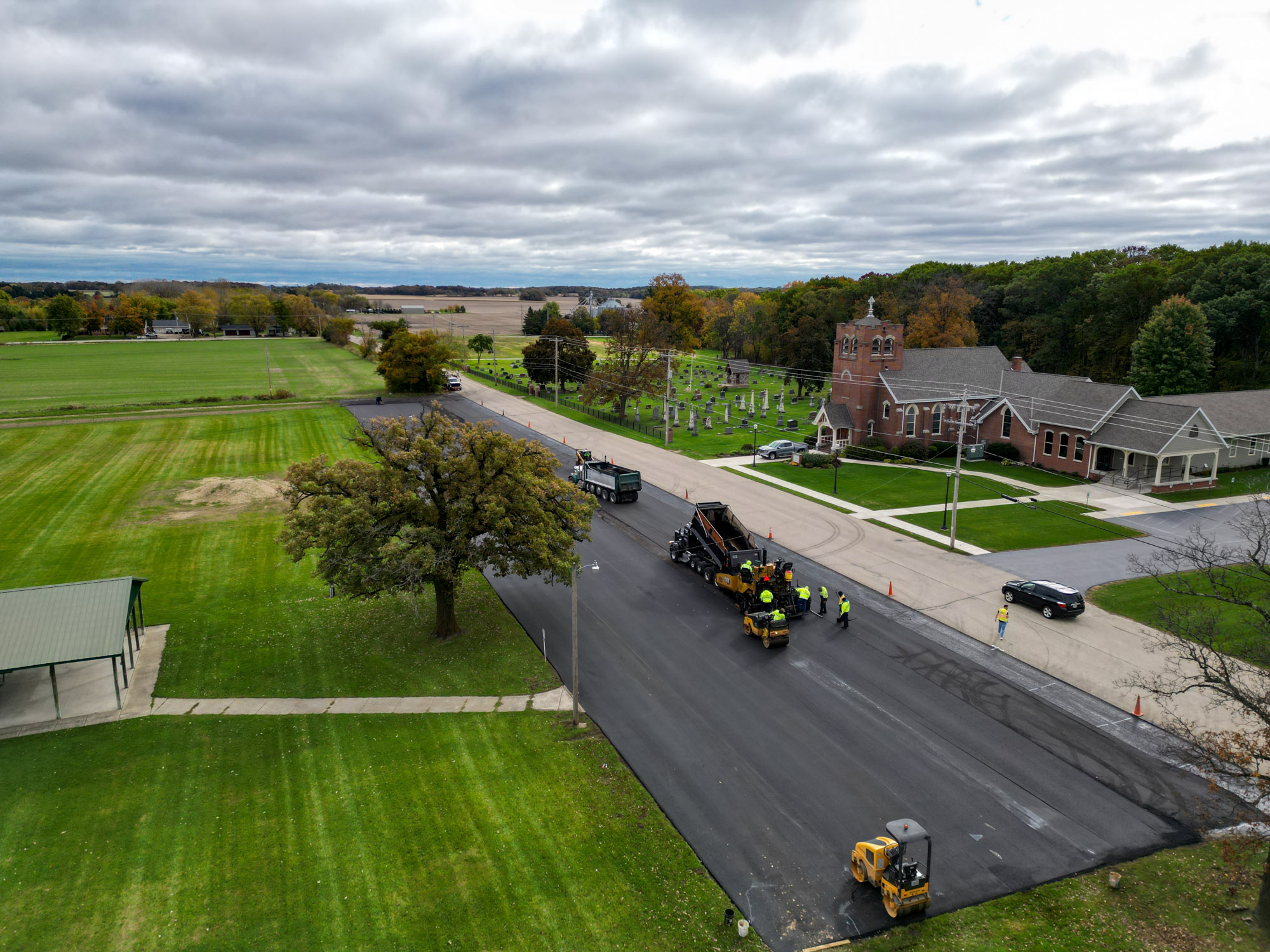When it comes to asphalt pavement, understanding its expected lifespan and factors affecting its durability is crucial. In this article, we will explore the various elements that influence the longevity of asphalt surfaces and discuss when it might be time to replace your pavement.
The Longevity of Asphalt Pavements
A well-maintained asphalt surface can last anywhere from 15 to 30 years. However, several factors contribute to its durability and longevity, including quality of installation, pavement thickness, drainage, climate, and traffic load. By being aware of these factors, you can make informed decisions about maintaining and replacing your asphalt pavement.
Factors Affecting Asphalt Durability
Quality of Installation: The skill and experience of the asphalt contractor play a significant role in the longevity of the pavement. A poorly installed surface may result in various issues that can shorten the pavement’s lifespan. It is essential to hire a reputable contractor who uses the best materials and practices for a long-lasting surface.
Pavement Thickness: Ensuring the proper thickness of asphalt is crucial for its durability. A well-designed pavement structure, including the right thickness of asphalt layers and a stable base, will provide a strong foundation that can withstand traffic loads and environmental stress.
Drainage: Efficient water drainage is vital in preserving asphalt surfaces. Water that seeps into the pavement can weaken the base and lead to cracks and potholes. Installing a proper drainage system and maintaining it regularly can significantly extend the pavement’s lifespan.
Climate: Extreme temperatures and weather conditions can impact the durability of asphalt pavement. In colder climates, freeze-thaw cycles can cause cracks to form, while in hot climates, oxidation can lead to surface deterioration. Regular maintenance can help mitigate these effects and prolong the pavement’s life.
Traffic Load: Heavy vehicle traffic can put stress on the asphalt, leading to wear and tear. Higher traffic loads may require more frequent maintenance or a thicker pavement structure to ensure a long-lasting surface.
The Role of Regular Maintenance
Proper maintenance is essential in extending the life of your asphalt pavement. Key maintenance tasks include:
Sealcoating: Applying a sealcoat every 3 to 5 years protects the asphalt surface from oxidation and water damage, preserving its appearance and structural integrity.
Crack Sealing: Filling cracks as soon as they appear prevents water from penetrating the pavement and causing further deterioration.
Pothole Repair: Addressing potholes promptly can prevent the surrounding pavement from weakening and help maintain a safe driving surface.
When to Replace Your Asphalt Pavement
It’s crucial to keep an eye on the condition of your asphalt pavement and recognize when it’s time for a replacement. Some signs that it might be time to replace your pavement include:
- Large cracks or potholes that are beyond repair
- Extensive damage caused by oxidation or water penetration
- Frequent maintenance and repairs that are no longer cost-effective
By understanding the factors affecting asphalt lifespan and proactively maintaining your pavement, you can make the most of your investment and ensure a long-lasting, durable surface.


